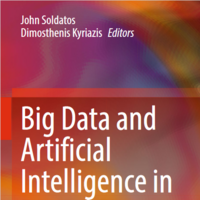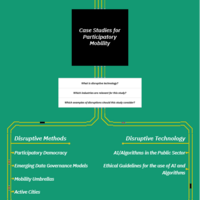Search
Books+
Searching 1,730 books
Search related to the career Market Researcher
Data Analysis in Market Research
Introduction
Data analysis plays a crucial role in market research by providing valuable insights and actionable information. It helps businesses make informed decisions, understand customer behavior, identify market trends, and evaluate the effectiveness of marketing strategies. Here are some key ways in which data analysis contributes to market research:
1. Data Collection and Organization
Data analysis begins with the collection and organization of relevant data. Market researchers use various methods such as surveys, interviews, and observation to gather data from target audiences. Data is then organized and stored in databases or spreadsheets for further analysis.
2. Data Cleaning and Validation
Before conducting any analysis, it is essential to clean and validate the collected data. This involves removing any errors, inconsistencies, or outliers that may affect the accuracy of the results. Data cleaning ensures that the analysis is based on reliable and high-quality data.
3. Descriptive Analysis
Descriptive analysis involves summarizing and interpreting the collected data to gain a better understanding of the market. It includes techniques such as calculating averages, percentages, and frequencies. Descriptive analysis helps identify patterns, trends, and characteristics of the target market.
4. Inferential Analysis
Inferential analysis goes beyond descriptive statistics and involves making predictions and drawing conclusions about the entire market based on a sample of data. It utilizes techniques such as hypothesis testing and regression analysis to uncover relationships, correlations, and causality between variables.
5. Market Segmentation
Data analysis enables market researchers to segment the market based on various criteria such as demographics, psychographics, and buying behavior. By identifying distinct market segments, businesses can tailor their marketing strategies and offerings to specific customer groups, leading to more effective targeting and higher customer satisfaction.
6. Competitive Analysis
Data analysis helps businesses gain insights into their competitors' strategies, market positioning, and customer preferences. By analyzing competitor data, businesses can identify opportunities for differentiation, assess market gaps, and develop competitive advantages.
7. Predictive Analysis
Predictive analysis uses historical data and statistical models to forecast future market trends, customer behavior, and demand patterns. It helps businesses make proactive decisions, optimize resource allocation, and anticipate market changes, giving them a competitive edge.
8. Evaluation of Marketing Campaigns
Data analysis allows businesses to measure the effectiveness of their marketing campaigns. By analyzing metrics such as conversion rates, customer engagement, and return on investment, businesses can assess the impact of their marketing efforts and make data-driven adjustments to improve future campaigns.
Conclusion
Data analysis is an integral part of market research, providing valuable insights and enabling businesses to make informed decisions. By collecting, organizing, cleaning, and analyzing data, businesses can understand their target market, identify opportunities, and develop effective marketing strategies. Data analysis empowers businesses to stay competitive in a rapidly evolving market landscape.
Source: Various AI tools
Marketing
Books tagged marketing
Searched in English.


















